Ask AI on The Internet
Question: Describe the following elements of Movement West 17) Land Grants – 18) Transcontinental Railroad – 19) Open Range – 20) Vaqueros – 21) Cattle Drives - 22) Cow Towns - 23) Homestead Act – 24) Exodusters - 25) Great Migration - 26) Barbed Wire - 27) Oklahoma Sooners - 28) Who is laying the Railroad tracks? - 29) Dust Bowl - 30) Expansionist - 31) Gadsden Purchase - 32) Compromise of 1850 - 33) Mass Transit - 34) Suburbs - 35) Urbanization - Big Questions: Describe the life of a miner in California during the Gold Rush. Who was moving to California and why? What were mining camps like? Discuss the eventual growth of towns out west following the Gold Rush. Discuss the conditions that led people to migrate from rural areas to urban regions. What changes happening on farms forced people away? Why were urban areas so attractive to people looking for work? Describe conditions of these growing urban areas. Give short answers for all of them, do not give specific dates for anything.
Sure, here are short descriptions for each of the elements and questions you asked about: **17) Land Grants:** Parcels of land given by the government to stimulate development, often used to encourage westward expansion by settlers, railroads, and educational institutions. **18) Transcontinental Railroad:** A railroad system that spanned the continent, connecting the East and West coasts, which greatly facilitated commerce, travel, and the settlement of the West. **19) Open Range:** Public or unclaimed land where cattle could graze freely without the need for fencing, critical to the ranching industry. **20) Vaqueros:** Spanish or Mexican cowboys skilled in cattle herding, who influenced the American cowboy culture and practices. **21) Cattle Drives:** The process of moving large herds of cattle from Texas to railheads in Kansas, where they could be shipped to markets in the East. **22) Cow Towns:** Towns that sprang up at the end of cattle trails, serving as shipping points for cattle and hubs of economic activity related to the cattle industry. **23) Homestead Act:** Legislation that granted 160 acres of public land to settlers for a minimal fee and five years of continuous residence, encouraging westward migration. **24) Exodusters:** African Americans who migrated from the South to Kansas seeking freedom and land after the Civil War. **25) Great Migration:** The movement of African Americans from the rural South to Northern and Western cities to escape segregation and seek better economic opportunities. **26) Barbed Wire:** Inexpensive and effective fencing material that ended the open range by allowing farmers to enclose their land, leading to conflicts with ranchers. **27) Oklahoma Sooners:** Settlers who illegally entered the unassigned lands in Oklahoma before the official start of the land rush, seeking to claim land. **28) Who is laying the Railroad tracks?:** Primarily immigrant laborers, including large numbers of Chinese and Irish workers, who faced harsh working conditions. **29) Dust Bowl:** A period of severe dust storms in the Great Plains caused by drought and poor agricultural practices, leading to mass migration and economic hardship. **30) Expansionist:** Individuals or policies advocating for the expansion of a country’s territory or economic influence. **31) Gadsden Purchase:** A land purchase from Mexico that provided the U.S. with territory necessary for a southern transcontinental railroad and settled boundary disputes. **32) Compromise of 1850:** A series of legislative measures intended to balance the interests of free and slave states, addressing the status of territories acquired from the Mexican-American War. **33) Mass Transit:** Public transportation systems that move large numbers of people within urban areas, including buses, subways, and trams, facilitating city growth and development. **34) Suburbs:** Residential areas located on the outskirts of cities, often characterized by single-family homes, which grew rapidly due to urbanization and mass transit. **35) Urbanization:** The process by which rural areas transform into urban areas, typically characterized by population growth and the expansion of infrastructure and services. **Big Questions:** **Describe the life of a miner in California during the Gold Rush. Who was moving to California and why? What were mining camps like? Discuss the eventual growth of towns out west following the Gold Rush.** Life for a miner during the California Gold Rush was grueling, with long hours of physically demanding work and uncertain rewards. People moved to California from across the United States and around the world, drawn by the promise of wealth from gold. Mining camps were often makeshift and chaotic, with little law and order, but they gradually grew into established towns as infrastructure, businesses, and families settled. **Discuss the conditions that led people to migrate from rural areas to urban regions. What changes happening on farms forced people away? Why were urban areas so attractive to people looking for work? Describe conditions of these growing urban areas.** People migrated from rural areas to urban regions due to factors like mechanization of agriculture, which reduced the need for farm labor, and economic opportunities in growing industries. Urban areas were attractive due to the availability of jobs, better wages, and amenities like education and healthcare. The conditions in growing urban areas were often challenging, with overcrowded housing, poor sanitation, and inadequate infrastructure, but they also offered social mobility and community for many migrants.
Think your answer is better than the AI's? Post it below.
Other Most Relevant Posts:
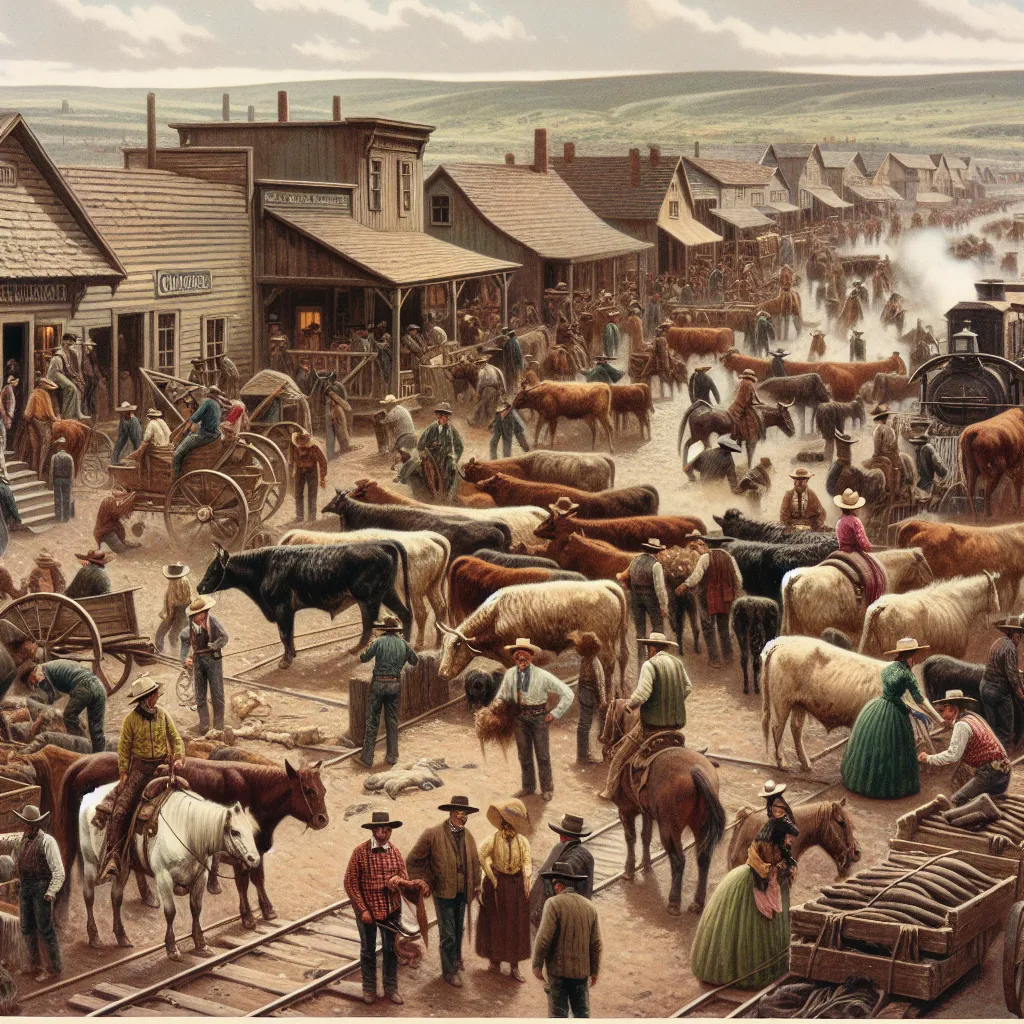 1. Land Grants
2. Transcontinental Railroad
3. Open Range
4. Vaqueros
5. Cattle Drives
6. Cow Towns
7. Homestead Act
8. Exodusters
9. Great Migration
10. Barbed Wire
11. Oklahoma Sooners
12. Rail
1. Land Grants
2. Transcontinental Railroad
3. Open Range
4. Vaqueros
5. Cattle Drives
6. Cow Towns
7. Homestead Act
8. Exodusters
9. Great Migration
10. Barbed Wire
11. Oklahoma Sooners
12. Rail
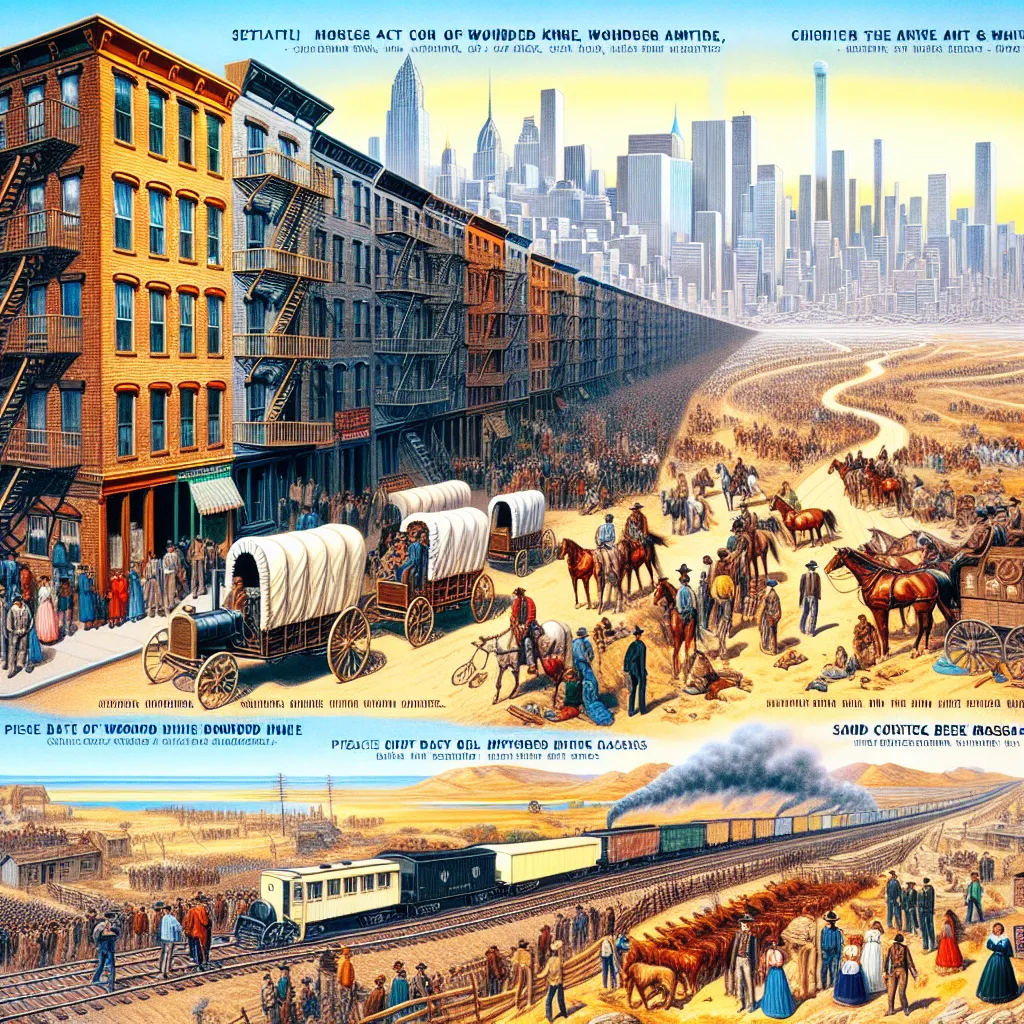 52) Tenement Housing: Poor Conditions in Urban Dwellings
53) Sand Creek Massacre: Deadly Attack on Native American Village
54) Battle of Wounded Knee: Violent Confrontation with Sioux
55) Dust Bo
52) Tenement Housing: Poor Conditions in Urban Dwellings
53) Sand Creek Massacre: Deadly Attack on Native American Village
54) Battle of Wounded Knee: Violent Confrontation with Sioux
55) Dust Bo
 1. Tenement Housing in the Shadow of Industrialization
2. The Sand Creek Massacre: A Tragic Chapter in History
3. Battle of Wounded Knee: A Broken Treaty's Final Confrontation
4. Dust Bowl Migran
1. Tenement Housing in the Shadow of Industrialization
2. The Sand Creek Massacre: A Tragic Chapter in History
3. Battle of Wounded Knee: A Broken Treaty's Final Confrontation
4. Dust Bowl Migran
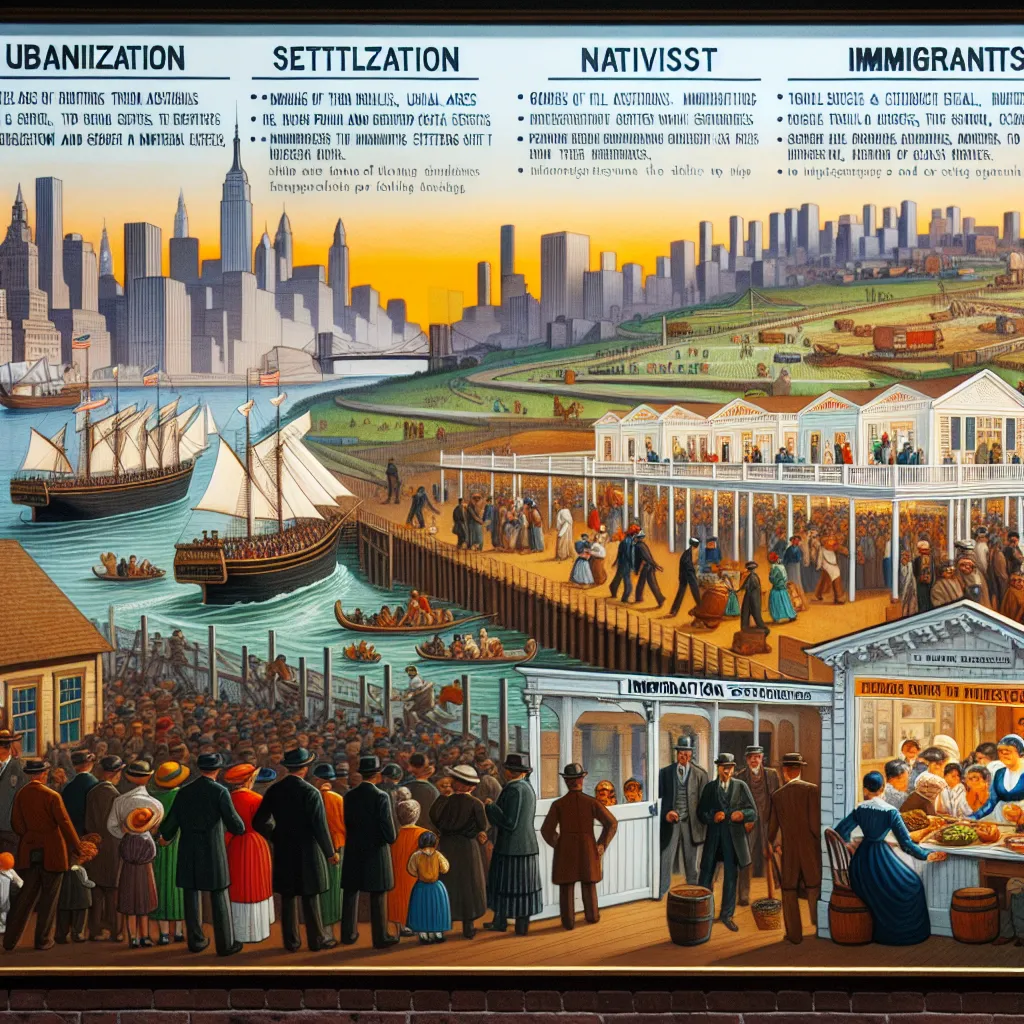 61) Urbanization Explained
62) The Concept of Steerage
63) Jane Addams and Settlement Houses
64) Understanding Nativists
65) Push and Pull Factors
66) Ellis Island vs. Angel Island
67) Americ
61) Urbanization Explained
62) The Concept of Steerage
63) Jane Addams and Settlement Houses
64) Understanding Nativists
65) Push and Pull Factors
66) Ellis Island vs. Angel Island
67) Americ
Question Tags
If you want your question answered by an AI, click here.
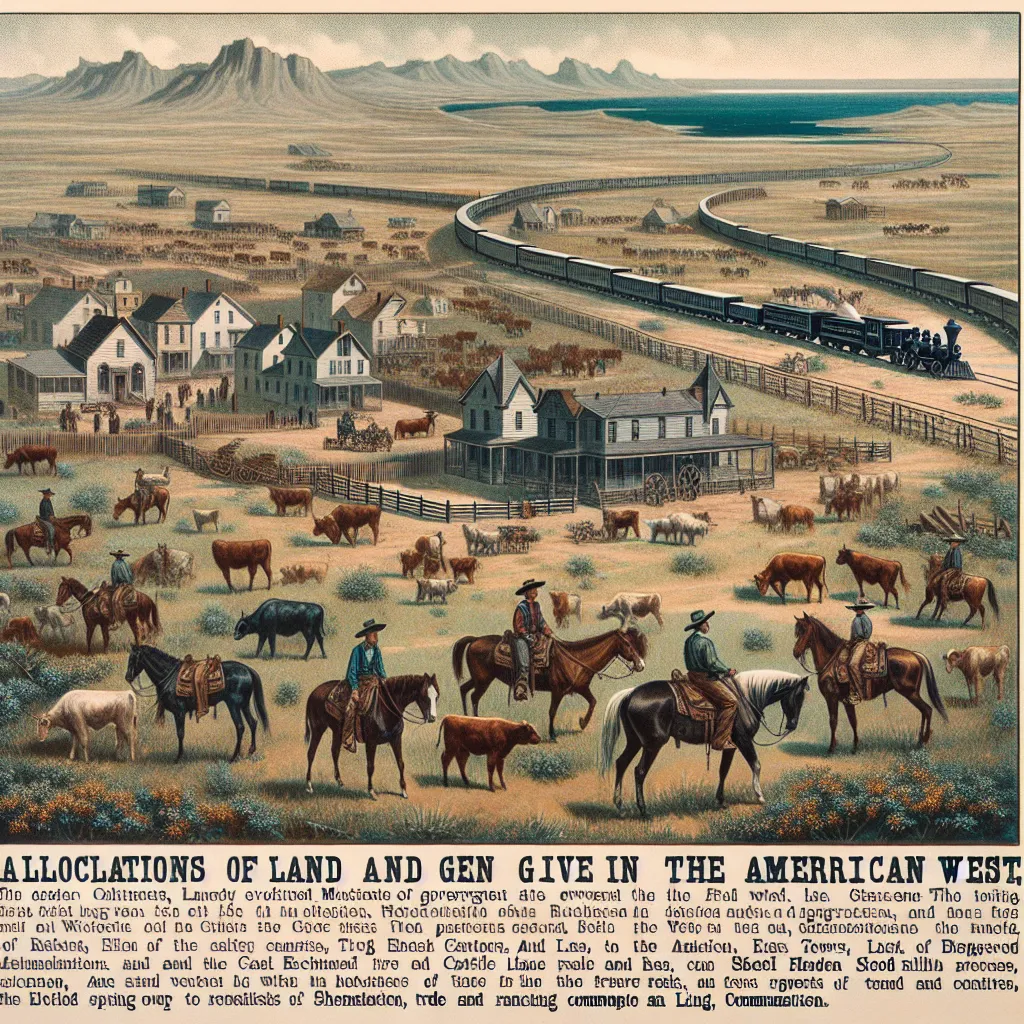
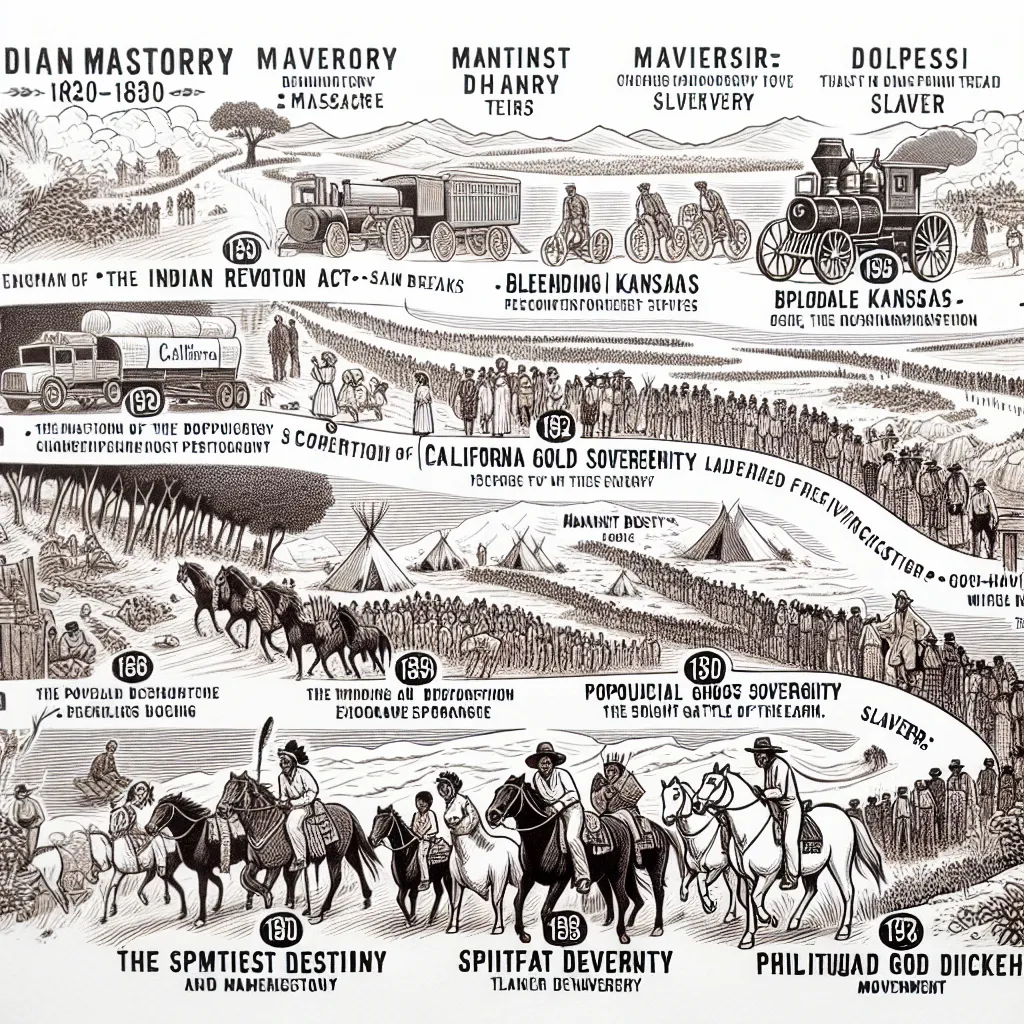
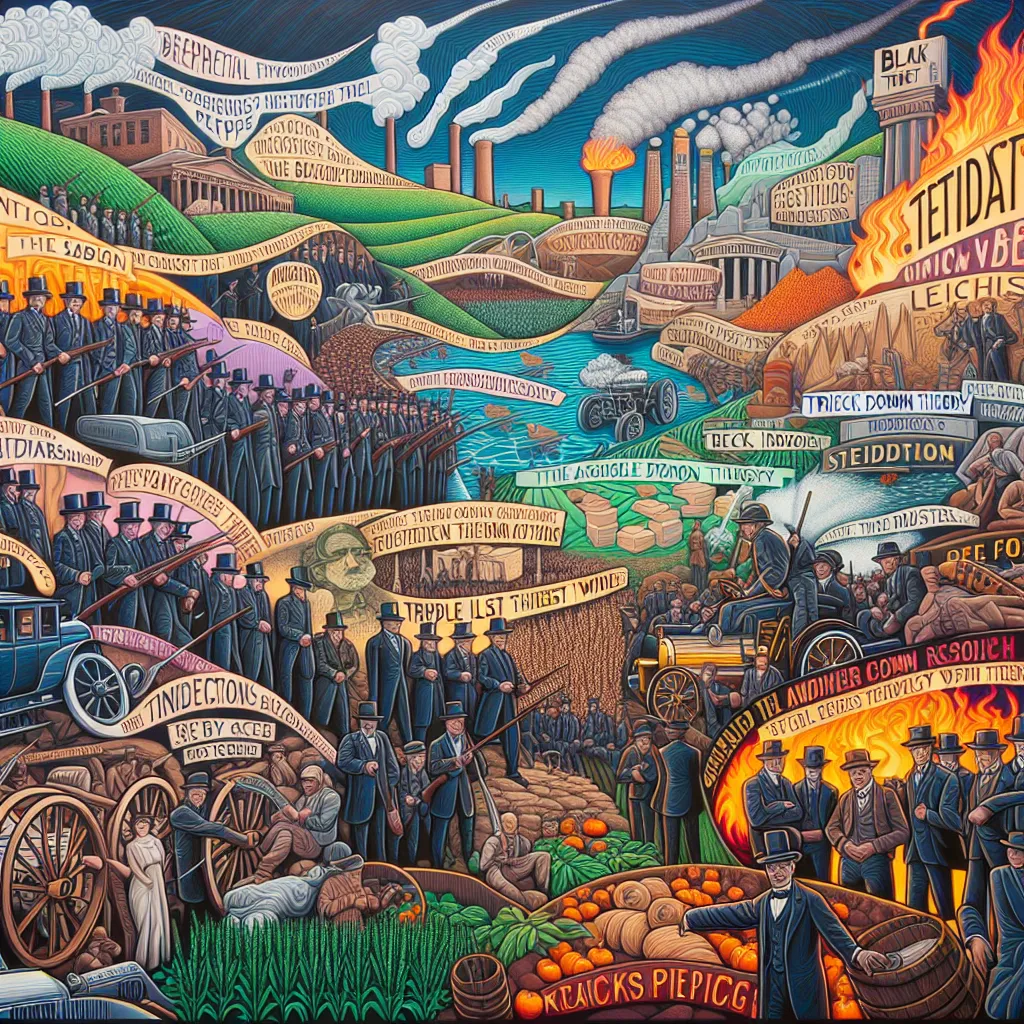
Post your own comment: